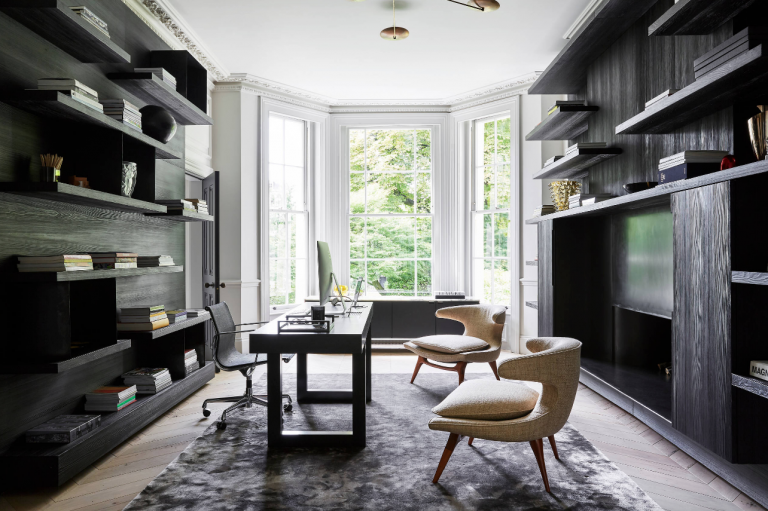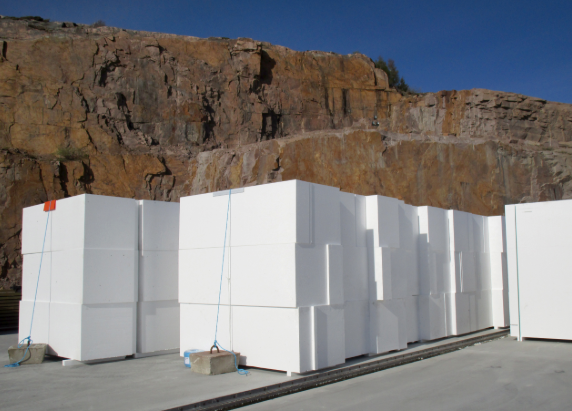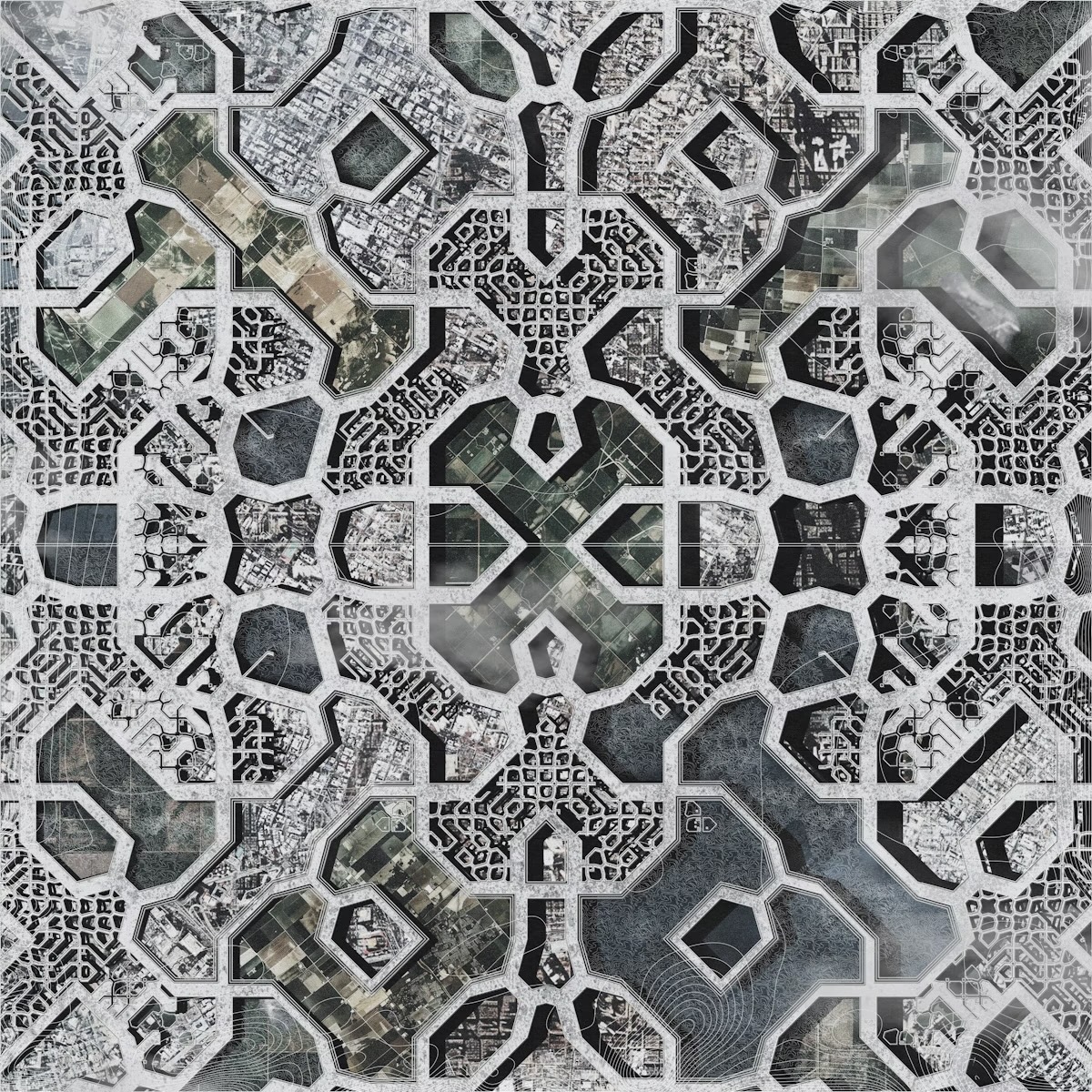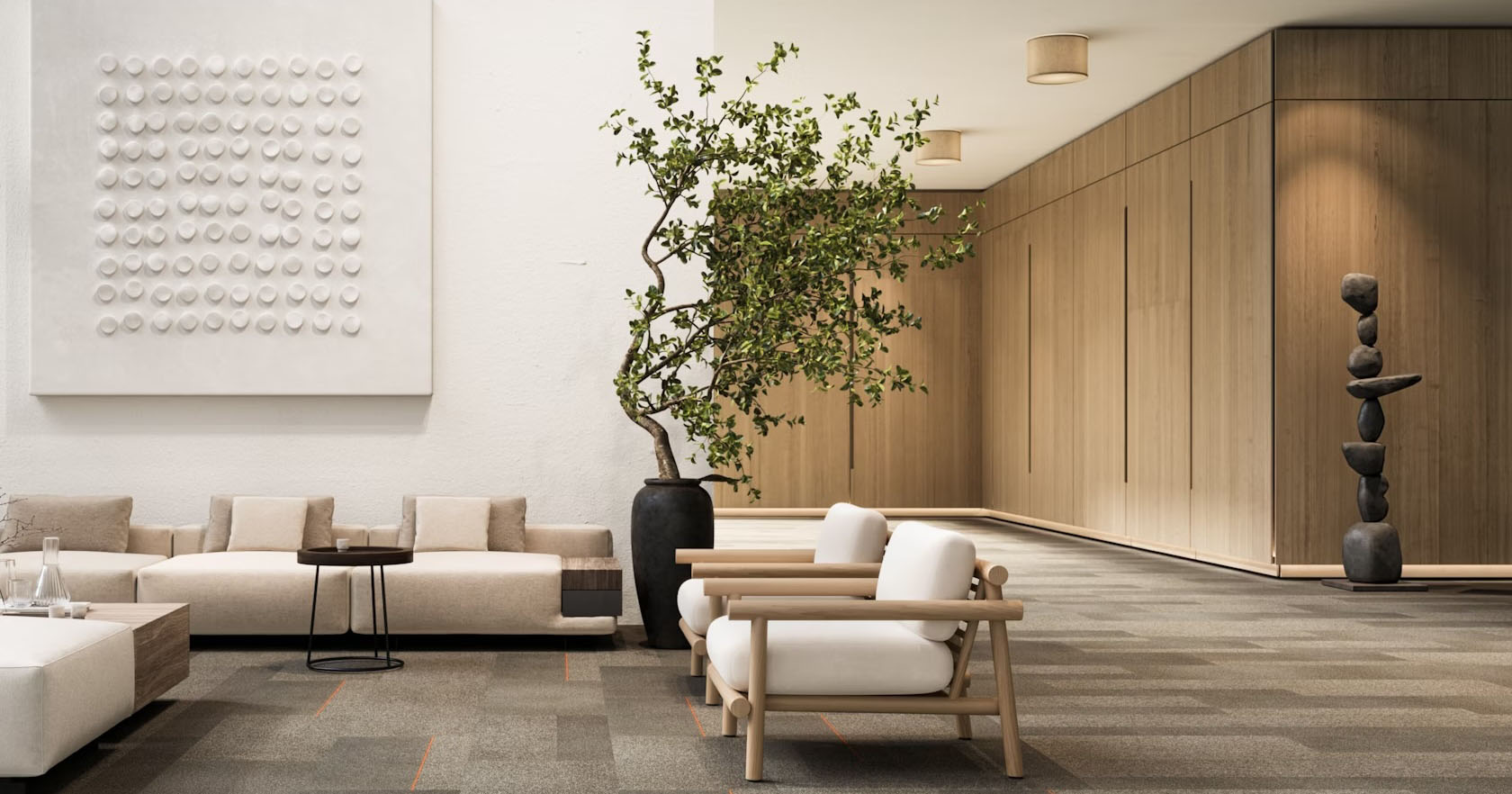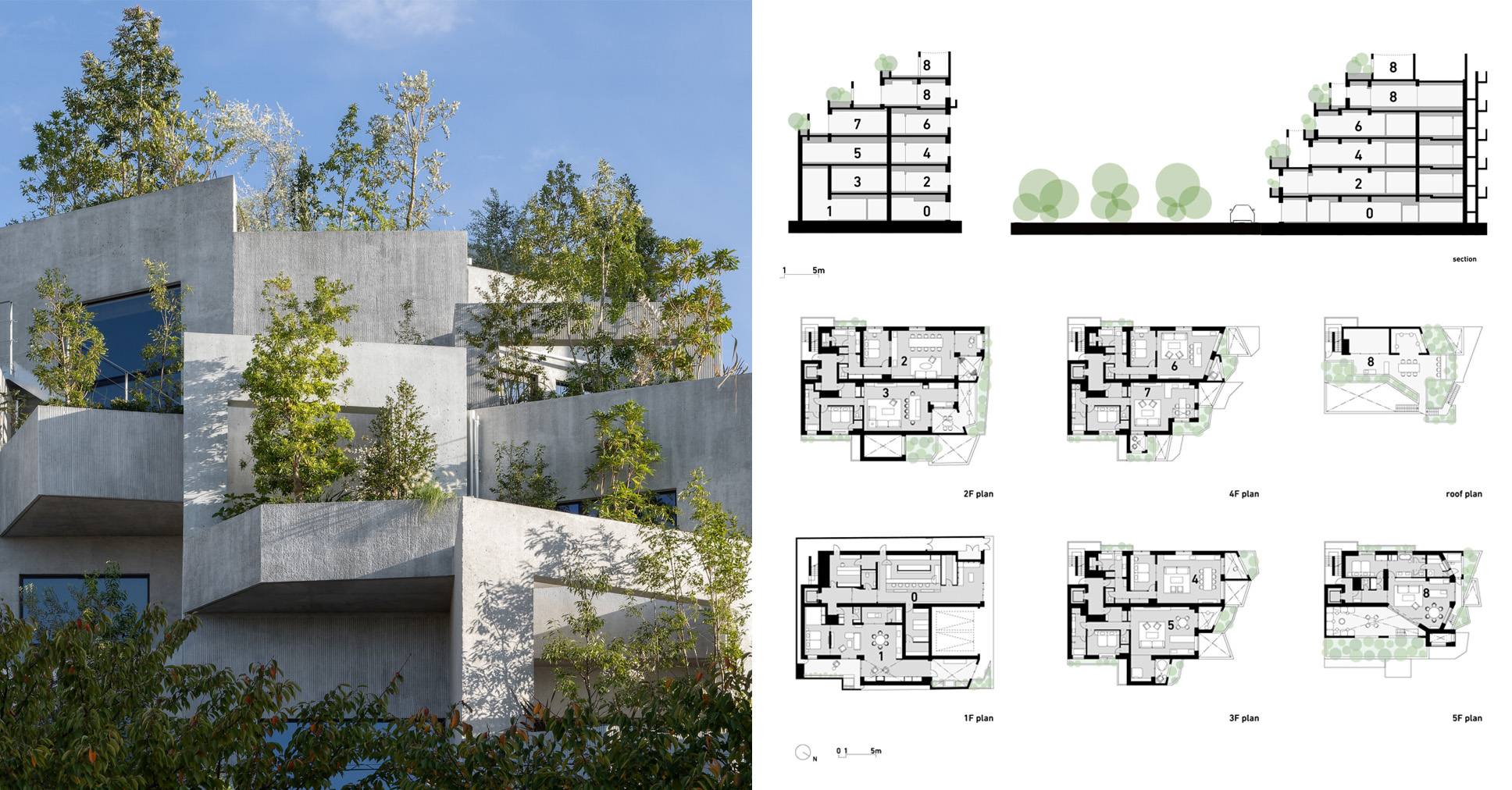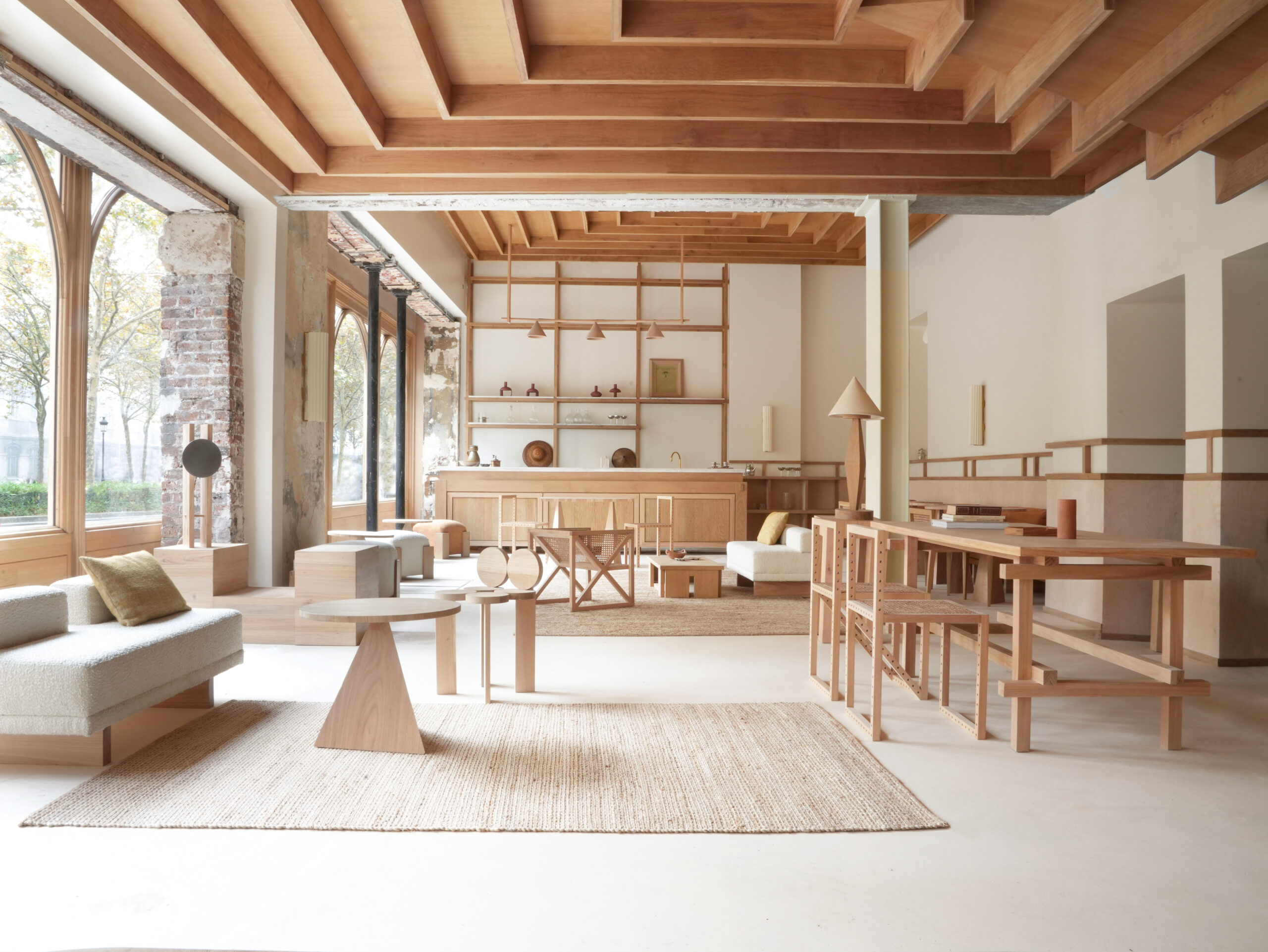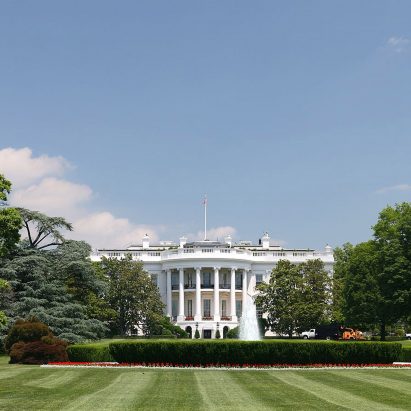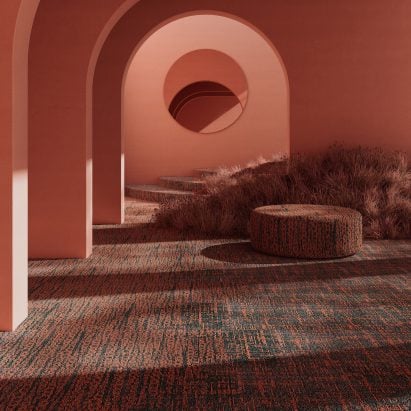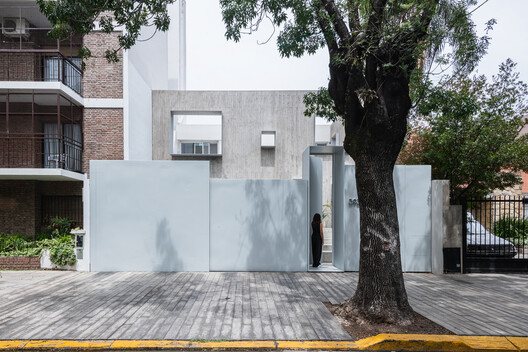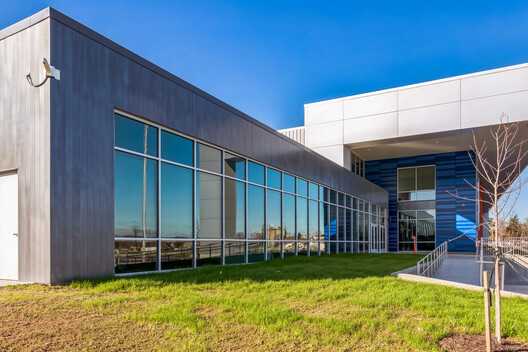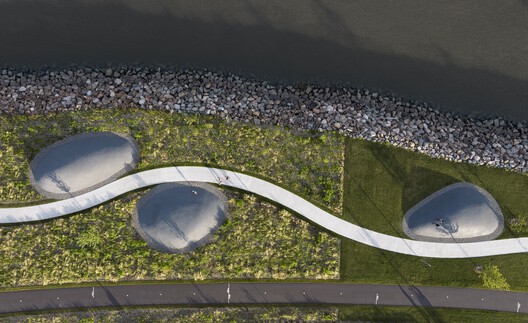Beyond the Blueprint: Archiving Architecture as Collective Intelligence

 Physical model of front entrance of Hong Kong Exhibition at the 2025 2025 Venice Biennale Architettura . Image © Eryn Kam and Holiday Chan, courtesy of The Curatorial Team of VBHK 2025
Physical model of front entrance of Hong Kong Exhibition at the 2025 2025 Venice Biennale Architettura . Image © Eryn Kam and Holiday Chan, courtesy of The Curatorial Team of VBHK 2025
When we talk about the future intelligence of architecture, much of the historical effort has centered on pushing boundaries—challenging norms, exploring alternatives, and projecting bold visions of what architecture could become. The advent of modernism exemplified this approach: radical new materials and construction methods gave rise to a vastly reimagined architectural future. This momentum continues today, with research institutions and leading practices constantly exploring innovative techniques, materials, and systems of making.
Yet one method of imagining architectural futures often remains overlooked: the act of critically revisiting the past. Learning from, uncovering, and documenting lesser-known spatial and communal practices is just as essential. These quieter forms of knowledge—how spaces have been used, adapted, and inhabited—can reveal enduring insights that shape more grounded, culturally resonant futures. Rather than chasing novelty for novelty's sake, perhaps an equally meaningful path lies in building a cohesive architectural archive that bridges the past and future.















